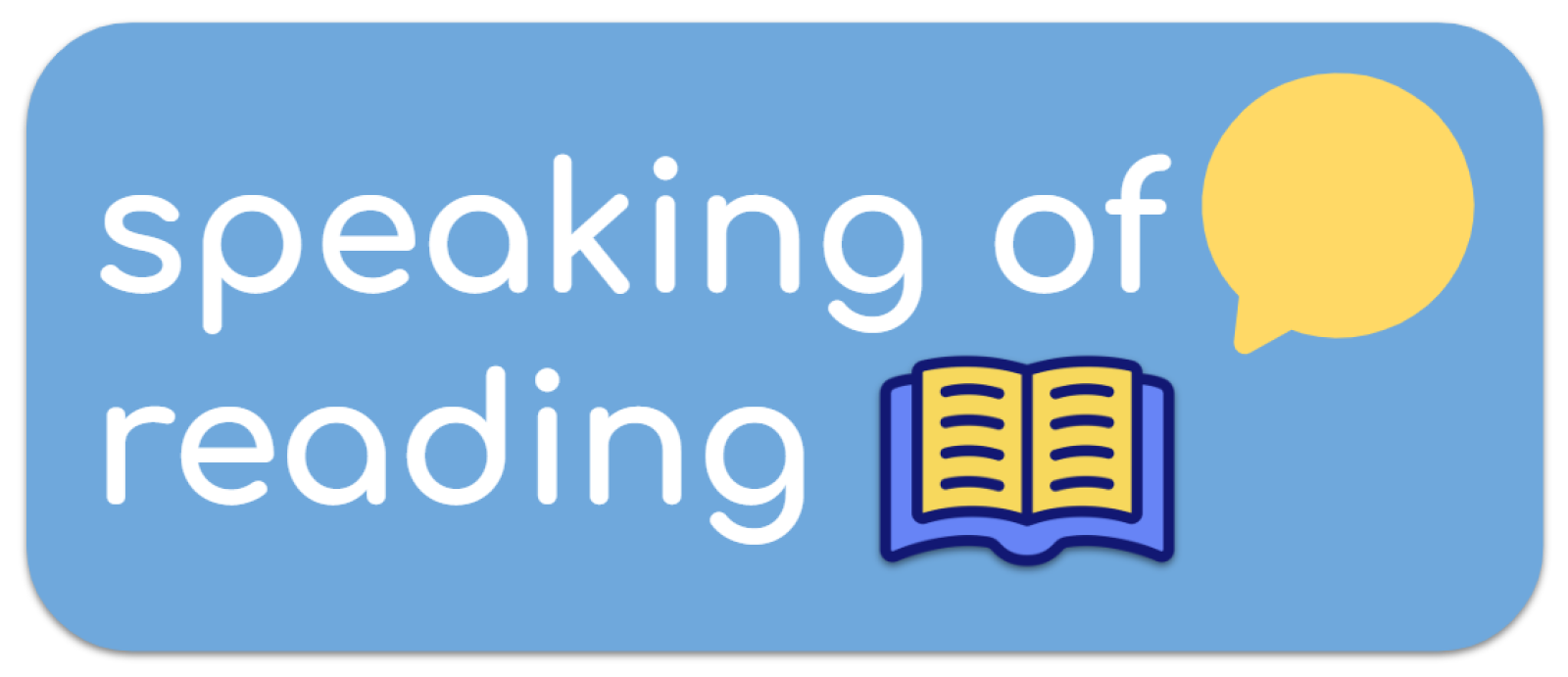Children who have Developmental Language Disorder (DLD) often have lower vocabulary knowledge and need more exposures to new words than children who are typically developing. Reading comprehension delays are also impacted by low vocabulary understanding. It is impossible to teach all words within a language. Therefore, it is important to choose functional words. For young children, this means words that will help them get their basic needs met. Words that help them communicate belonging (play, hug, share), safety (help, no, stop), and physiology (more, up, milk) are important. For older children, the focus should be on words that will be functional within their school curriculum. These are often referred to as Tier 2 words from Dr. Isabel Beck, Dr. Margaret McKeown, and Dr. Linda Kucan’s work. Examples are words like “analyze, conclude, summarize, community, brave”. These are words that are found across the curriculum and within many texts. Words should also be selected that promote language growth as students who have difficulty learning vocabulary also have difficulty with other aspects of language including syntax, morphology, and phonology. Targeting verbs can help facilitate use of more complex sentence structures and teaching prefixes and suffixes helps improve morphological awareness.





